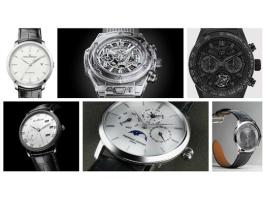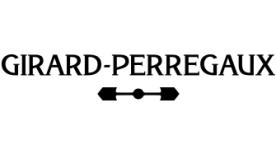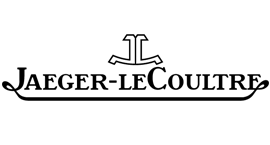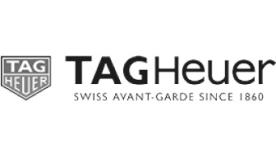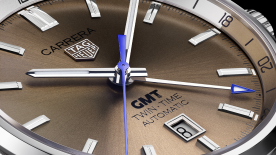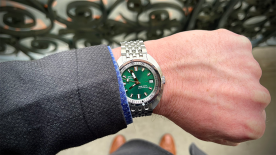Swiss watch exports – the only objective indicator we have for evaluating the performance of the watch industry – have been dropping for almost a year and continue to fall. Blame the strong Swiss franc, weak performance in Hong Kong, and an excess of caution in the United States... Given this new reality, the watch industry has two options, and they’re both about price. For some, it means climbing further up the exclusivity ladder. Jaeger-LeCoultre and Richard Mille have chosen this option, and SIHH 2016 demonstrated that a Reverso or a RM011 could still break records. The most common decision, however, is to offer cheaper watches. This could mean new models, but pitched lower down on the ladder, or the more general approach of producing more affordable versions of existing models, typically in steel.
This could explain why the Girard-Perregaux 1966 has, for the first time, been launched in a steel case. The same goes for Blancpain, with its Villeret Annual Calendar GMT, which has left the safe haven of gold to explore new horizons. Tudor continues to roll out its manufacture movement to its existing ranges, increasing the price by a paltry 250 francs or so, suggesting that they have chosen to absorb the cost of upgrading to the in-house engine. Frédérique Constant has launched a perpetual calendar at CHF 8,000, the culmination of a process of democratisation that has been ongoing for five years. The scramble to produce cheaper complications has been an underlying theme of watchmaking for ever.

Hermès continues to bring out new versions of its Slim, which has redefined the concept of the high-spec Hermès watch. Judge for yourself: CHF 5,500 for an ultra-slim with Vaucher movement and ultra-flat micro-rotor. TAG Heuer is making a chronograph tourbillon that could almost be considered accessible: the Carrera Heuer-02T at under CHF 15,000. Hublot is lowering the cost of completely transparent sapphire cases to below the CHF 50,000 mark. These are still hefty sums, make no mistake, but we are a long way from the million or more being asked by Richard Mille just two years ago.
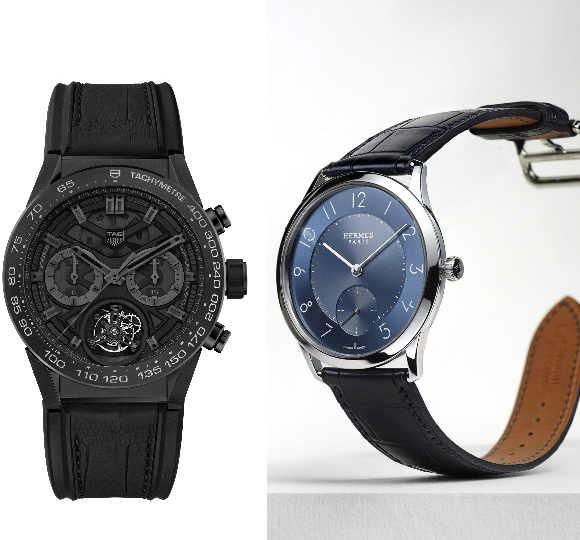
The Swatch Group has taken an aggressively commercial tack. Its mid-range and high-end brands – Hamilton, Mido and Longines – continue to bring out new models that do more than their competitors for less. Chronometers at under CHF 800, an 80-hour power reserve for less than CHF 1,000, both of these plus silicon balance spring for around 1,100... these brands are well used to keeping price increases low, or not increasing them at all. They also focus on increasing value by improving quality rather than lowering prices.
We are told the survival of the business depends on it. We have to be realistic, apparently. That’s true of course, but people still have to have something to dream about. Watchmakers still have to make their clients’ mouths water, stimulate their appetite. It’s a long time since buying a watch was a once-in-a-lifetime event, careful consideration being given to the watch that would remain wedded to one’s wrist for the next thirty years. Watches are now objects of pure indulgence, often bought on impulse. Thankfully, these newly-placed models do not skimp on design, elegance or detailing. Mechanical watches at an affordable price: bring it on. Boring watches: thanks, I’ll pass.
